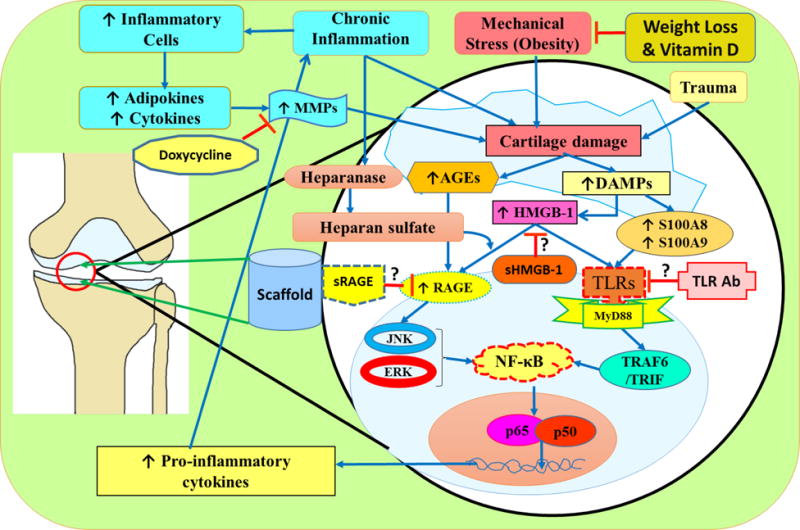Fig. 2. Potential therapeutic targets in OA.

Possible targets for therapeutic effects in OA include risk factors for the disease, DAMPs such as HMGB-1 and RAGE, TLRs, MMPs, and the construction of a protein scaffold to substitute damaged cartilage. Weight loss or vitamin D supplementation has been shown to mitigate mechanical stress on the joint, and therefore cause less DAMPs and inflammatory signals to be released; decreasing cartilage degradation and progression of OA. Glycyrrhizin has been shown to be an extracellular inhibitor of HMGB-1, and inhibits binding of HMGB-1 to RAGE and TLRs. This inhibition mitigates the transcription of genes that encode proinflammatory cytokines and mitigate cartilage degradation. Similarly, sRAGE and TLR antibodies inhibit RAGE and TLRs respectively from triggering signaling cascades that contribute to the progression of OA. Drugs such as doxycycline and TIMPs inhibit the action of MMPs, and therefore, halt the effects of collagenase and mitigate cartilage degradation. A protein scaffold implanted with mesenchymal stem cells could act as a cartilage substitute and enhance proliferation of chondrocyte to replace damaged cartilage in the joint.
